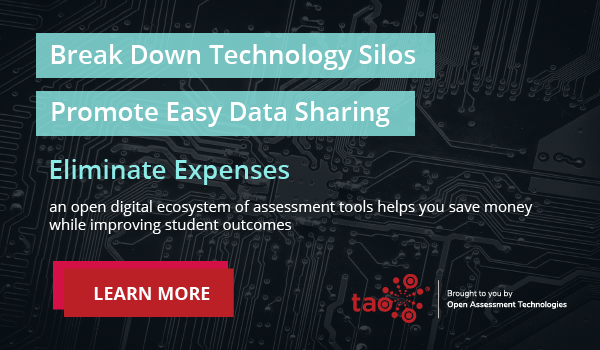The pandemic has cast a harsh light on digital divide in education across the world, highlighting both new and existing dimensions of inequality when it comes to accessing the exam technology and support now required for hybrid or distant learning. We have seen that this digital divide disproportionately affects students in low income geographical areas, students of color, and those in developing countries, who may not have those necessary resources, like PCs or stable internet connection. Without this access, these students cannot effectively participate in eLearning and assessment, putting them at a disadvantage as they work to advance through the education system.
Around the world, many government leaders in the education sector are consciously taking initiative to identify and minimize entities of discrimination and areas of disadvantage in student access to eLearning technology that have been uncovered with the shift to digitizing education. This also includes providing the resources and infrastructure needed to lessen the digital divide.
Open Source: Bringing the Sharing Economy to Education
Technology is an investment, but cost can often be an obstacle for certain districts or countries to adopt eLearning tools. However, when EdTech is designed to be open source, it becomes freely available to support users in all corners of the world and can help equalize the field by supporting the students who may be at a disadvantage due to their socioeconomic backgrounds. Open source exam technology, like TAO, also effectively brings the sharing economy to education by enabling assessment leaders to extend the platform’s source code and innovate together for the greater good of education.
Accessibility Considerations
While open source exam technology can offer fair and equal availability to all users from a cost perspective, students’ ability to effectively use such resources is still paramount, and can only be guaranteed through built-in accessibility. Exam technology should adhere to WCAG 2.1 AA standards and Section 508 Guidelines to truly ensure its accessibility, offering built in tools like screen readers, highlighters, text-to-speech tools to ensure equal and fair test-taking opportunities from a software perspective.
However, as the education industry strives to eliminate bias in student education and assessment, it’s important not to forget about the constraints of remote, at home learning from a socioeconomic perspective, including the ancillary technologies required for participating in eAssessment. In Lithuania, for example, the government has been putting measures into place to support students by providing computers and internet access so that they may participate in online education and assessment from their homes.
Lithuania’s Approach
Lithuania’s National Agency for Education has been involved in a digital transformation project that has accelerated as a result of COVID-19. Rather than cancel their planned national testing programs, they sought a way to run the testing campaigns prepared for the spring remotely in the fall of 2020, as social distance learning would already be in place. However, a few new challenges and questions arose:
- How would educators and students respond and organize themselves within a remote testing model?
- How would communications to students change?
- How would they ensure students had the right tools and infrastructure to be able to participate in online testing?
- How would they effectively test 15,000 students of differing abilities, where each household accounts for a unique situation?
The questions and challenges NSA faced around remote learning sparked a government initiative in Lithuania to take a look at the technology students have in place at home. Government leaders began asking schools to conduct short surveys with their students to gather data about the infrastructure they have in place. Using this information, the government was able to provide these students with the tools and infrastructure they’d need to support at home testing so that NSA could move forward with their fall testing initiative.
—
Like those in Lithuania, many education leaders are taking similar steps to lessen the digital divide in education and support equal and fair learning opportunities. In fact, the American Rescue Plan fund is available for this exact purpose. As the pandemic has made it impossible to overlook inequalities in access to remote education, education leaders must be aware of the digital divide and the support required by different groups of students. Today’s leaders have the responsibility to identify and stay conscious of those students at a learning disadvantage, and allocate investments in funds to empower their success.

